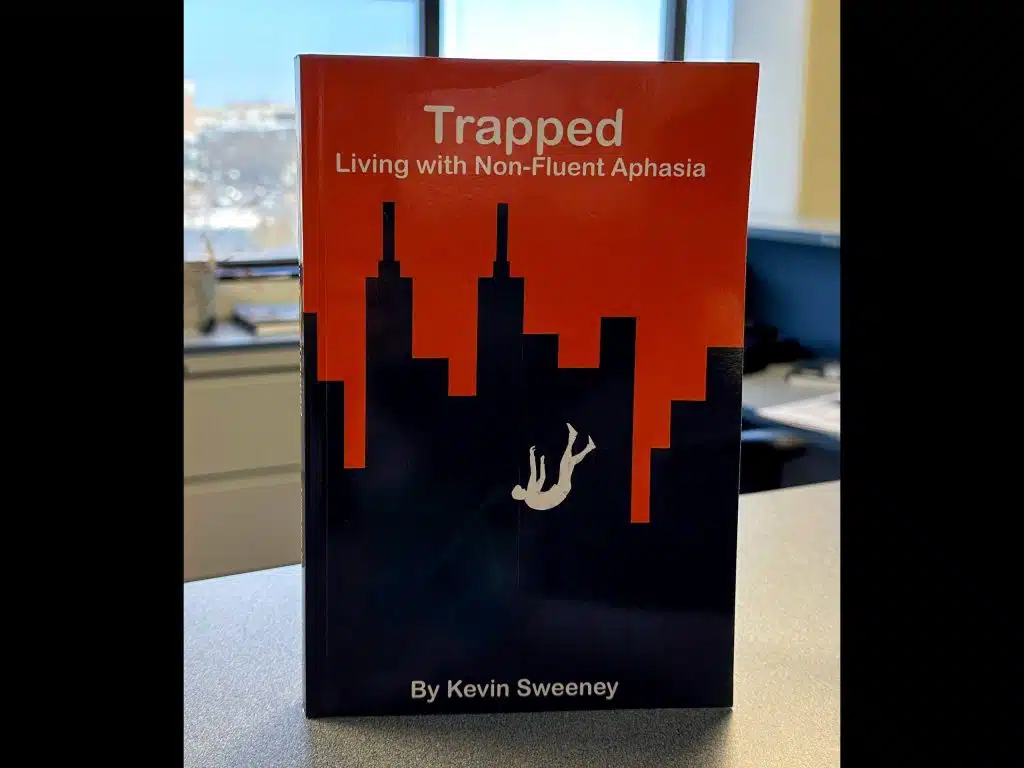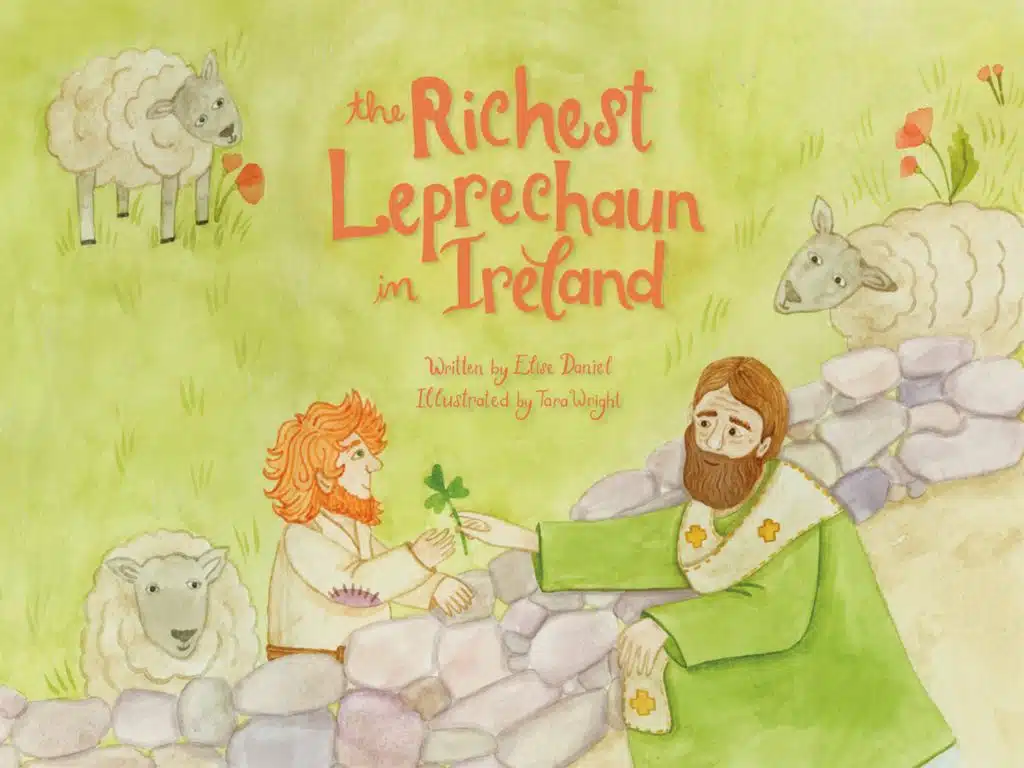During an era in which coffee-table books collect dust while hand held social media consumes idle time, there seems little need for another large hardback to join the lot on bookstore discount shelves. But “The Vatican Cookbook” stands out as an extraordinary and remarkable collection holding within its pages 500 years of recipes, history and photographs.
An epic undertaking as both a tribute to and insight from the storied Pontifical Swiss Guard, “The Vatican Cookbook” is a culinary and artistic dream to lovers of food, history, culture and art. Trend-touting diet books and celebrity-created recipe collections can sit on those shelves, lamentable in comparison to the magnitude of this culinary endeavor.
Such a project takes a team. Multi-cookbook-author-turned-Swiss Guard David Geisser led fellow guard and pastry chef Erwin Niederberger and former Cmdr. Daniel Anrig to compile an extensive repertoire of recipes. Katarzyna Artymiak, in coordination with her twin sister, Anna Artymiak, illustrated the recipes, quaint anecdotes and scenery of Rome and Vatican City. The photography shows a veteran eye for presentation and artistry, captured in close-up images of finely grated parmesan over charred fennel as well as broad vistas of the Vatican Gardens.
Recipes aside, readers will find themselves on a tour throughout this beautiful part of the world, seeing special sights and reading unique stories from contributors. Take a look into the annual May 6 swearing-in ceremony of the Swiss Guard, hear about a jovial personal encounter between a guard and the pope during overnight duty, and discover St. John Paul II’s unrelenting request while recovering from his assassination attempt.
Appropriately so, the recipes are what make the book extraordinary. The collection includes papal favorites from the home countries of Argentina, Germany and Poland. Here you will find such treats as the sweetly sugared “alfajores,” rustic suckling pig and dumplings and juicy, complex-flavored Polish “fleischvogel.”
It also includes favorites served up in the barracks of the Swiss Guards. The Polish Congregation of Albertine Sisters Serving the Poor run the kitchen; the broad smiling faces of two of the women religious appear in a crisp, two-page spread.
The versatile collection of favorites continues to include Christmas in Vatican City and summers at Castel Gandolfo, the papal summer residence.
The recipes are clearly written and easy enough for an adventurous beginner willing to take a risk. But the recipes are genuine to their cultural, traditional roots. No alternative ingredients here for dieters or suggested substitutes for those with food allergies. Some of the recipes call for hard-to-find or seasonal foods, such as saffron threads, grapeseed oil, mascarpone triple cream and sprig mugwort.
But don’t be discouraged. Other than this being a source for the hungry and curious historian, there are a few simple dishes, such as eggplant mozzarella and chocolate gingerbread.
And, because of the book’s photography and text, the book need not serve primarily as a cookbook.
Feeling indulgent after all that rich risotto with smoked eel followed by the sweet Christmas pastry “grittibanze”? Consider joining the Swiss Guards in taking action to end global hunger as they turn the reader’s attention to the need to support the most vulnerable among us. The authors invite readers to enjoy all the culinary treats the Vatican has to offer, but to also contribute to the Caritas Internationalis program, One Human Family, Food For All.
Lordan has master’s degrees in education and political science and is a former assistant international editor of Catholic News Service. She is a digital editor at Peanut Butter & Grace, an online resource for Catholic family catechesis.


